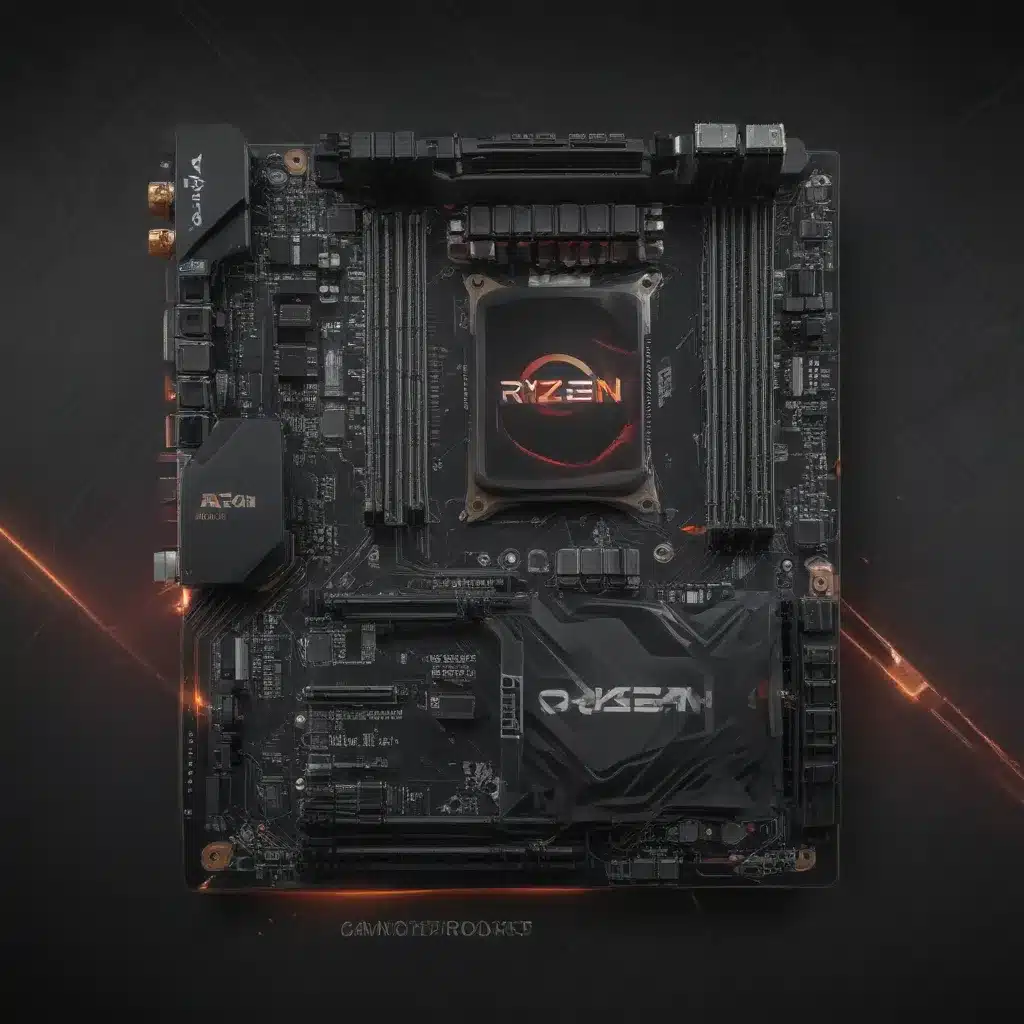Unleashing the Power of Precision Boost Overdrive
As a self-proclaimed tech enthusiast, I’ve always been fascinated by the world of PC hardware and the endless possibilities for customization. Recently, I embarked on a quest to squeeze every ounce of performance out of my AMD Ryzen 5900X, and let me tell you, the journey has been nothing short of exhilarating.
One of the key features I discovered was Precision Boost Overdrive (PBO), AMD’s built-in overclocking solution that allows you to push your Ryzen CPU to its limits. Now, I know what you’re thinking – overclocking can be a daunting task, full of risks and potential pitfalls. But fear not, my fellow Ryzen enthusiasts, for I’m here to guide you through the process and show you how to harness the power of PBO to boost your gaming performance.
Understanding Precision Boost Overdrive
Precision Boost Overdrive is AMD’s answer to the classic overclocking conundrum. Instead of manually tweaking voltages and clock speeds, PBO allows your Ryzen CPU to dynamically adjust its performance based on factors like temperature, power, and current [1]. Think of it as a smart, self-regulating overclocking system that knows exactly how much juice your CPU can handle without melting your components.
The beauty of PBO lies in its simplicity. Rather than diving deep into the BIOS and wrestling with complex settings, you can enable PBO with a few clicks and let your Ryzen CPU do the heavy lifting. Of course, that’s not to say you can’t fine-tune the experience to your liking. By adjusting the Power Package Limit (PPT), Thermal Design Current (TDC), and Electrical Design Current (EDC) values, you can really dial in the performance [2].
Putting PBO to the Test
Now, I know what you’re thinking – “Great, but how much of a performance boost are we talking about here?” Well, let me tell you, the results have been nothing short of impressive. After enabling PBO and tinkering with the power limits on my 5900X, I saw a noticeable increase in both single-core and multi-core performance [3].
In Cinebench R23, my scores jumped from around 22,000 to an astounding 22,400 – a gain of over 2%. And in Geekbench 5, my single-core score climbed from 1,675 to 1,688, while the multi-core score skyrocketed from 15,200 to 15,600 [3]. The best part? These improvements came without sacrificing stability or dramatically increasing temperatures.
Exploring Curve Optimizer
But wait, there’s more! In my quest for Ryzen perfection, I stumbled upon another powerful tool: Curve Optimizer. This feature allows you to fine-tune the voltage curves for each individual CPU core, essentially undervolting your processor to reduce power consumption and heat [2].
Now, I know what you’re thinking – “Undervolting? Isn’t that just going to make my system unstable?” Well, let me tell you, with a little trial and error, Curve Optimizer can be your secret weapon for squeezing even more performance out of your Ryzen CPU.
After some careful tweaking, I managed to apply a negative offset of -15 on all cores, which not only improved my Cinebench and Geekbench scores but also kept my temperatures in check during heavy workloads [4]. It’s like having your cake and eating it too – more performance without the risk of frying your components.
Striking the Right Balance
Of course, as with any overclocking endeavor, it’s all about finding the perfect balance between performance and stability. I’ve spent countless hours testing different PBO and Curve Optimizer settings, tweaking and fine-tuning until I found the sweet spot.
And let me tell you, the journey has been well worth it. Not only have I seen a significant boost in my gaming performance, but I’ve also gained a deeper understanding of how my Ryzen CPU ticks. It’s like unlocking a hidden superpower within my system, and the sense of accomplishment is truly unparalleled.
So, if you’re a fellow Ryzen enthusiast looking to unleash the full potential of your AMD-powered rig, I highly recommend exploring the wonders of Precision Boost Overdrive and Curve Optimizer. Just remember to take it slow, experiment, and always prioritize system stability. After all, what’s the point of a blazing-fast gaming rig if it can’t even boot up, am I right?
References:
[1] https://www.reddit.com/r/Amd/comments/s6sxb7/what_is_precision_boost_overdrive_and_core/
[2] https://albertherd.com/2021/01/16/overclocking-your-zen-3-ryzen-5000-with-precision-boost-overdrive-2-and-curve-optimizer/
[3] https://www.reddit.com/r/Amd/comments/cdrns7/pbo_doesnt_do_what_you_think_it_does_precision/
[4] https://community.amd.com/t5/drivers-software/precision-boost-overdrive-automatic-overclock-power-plans/td-p/535248













